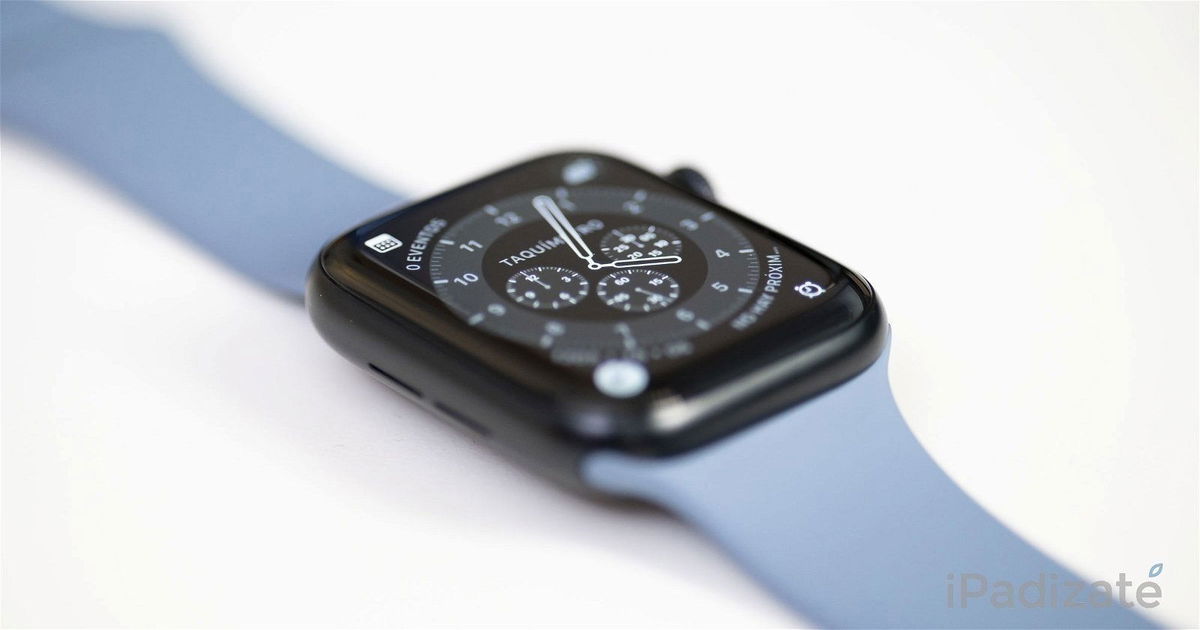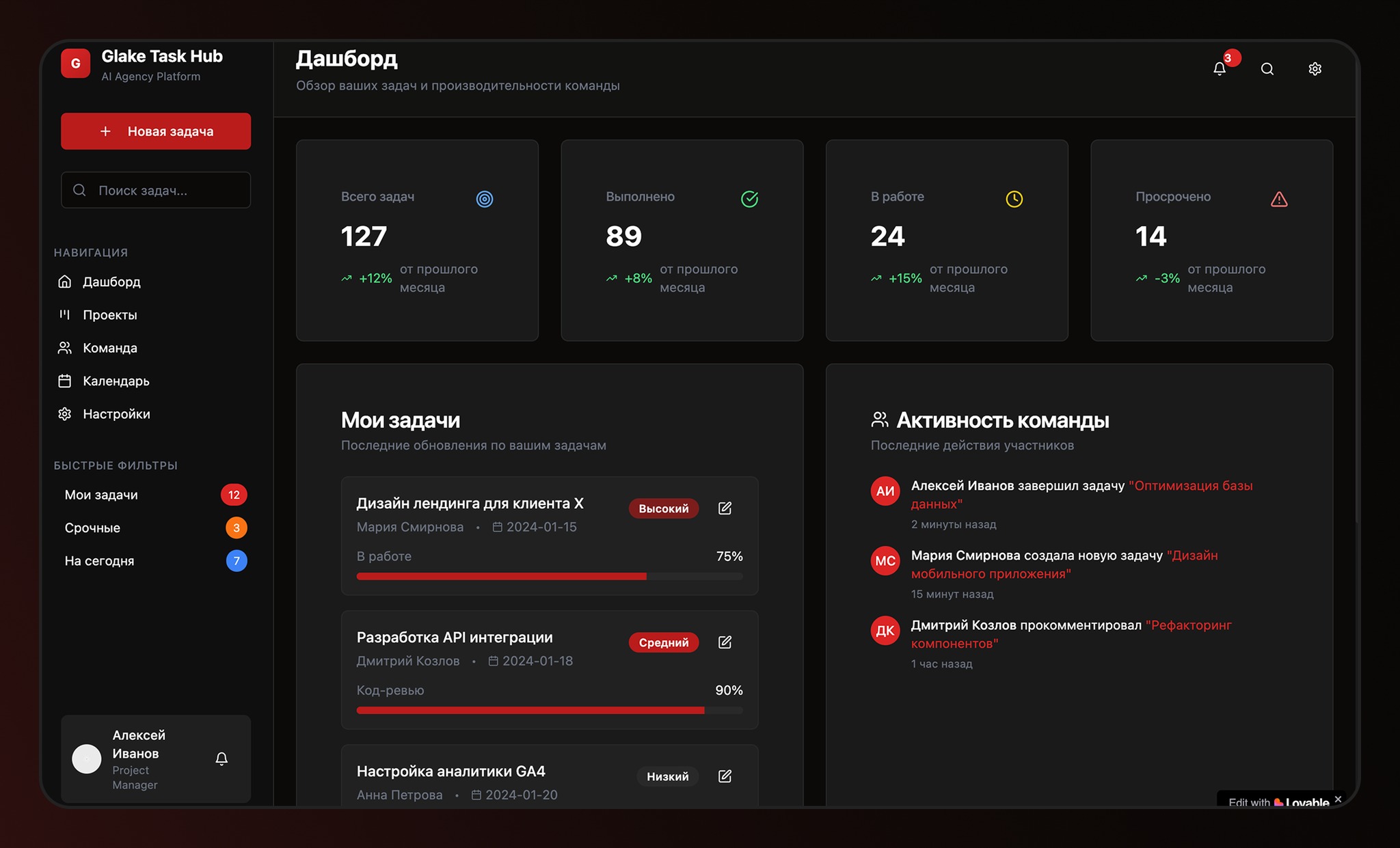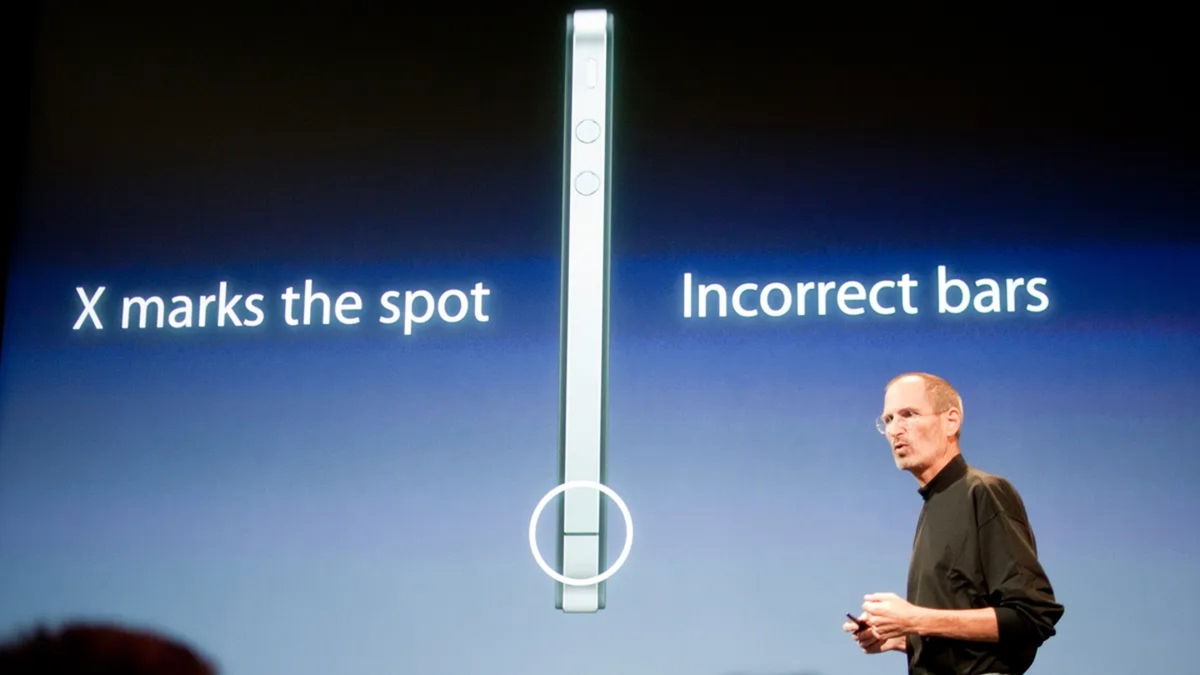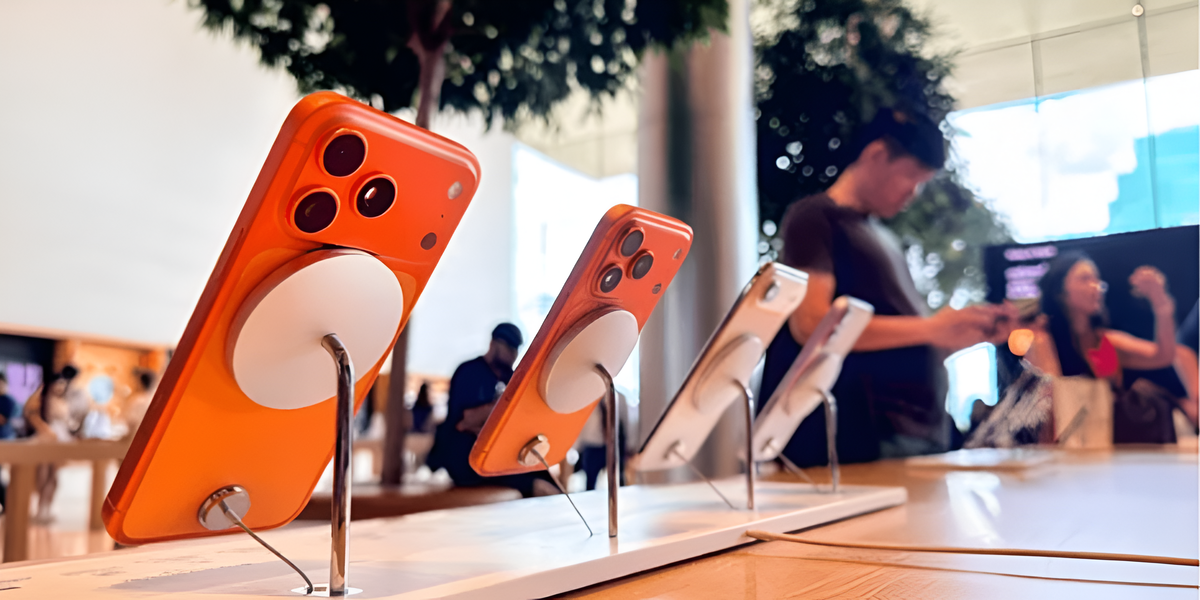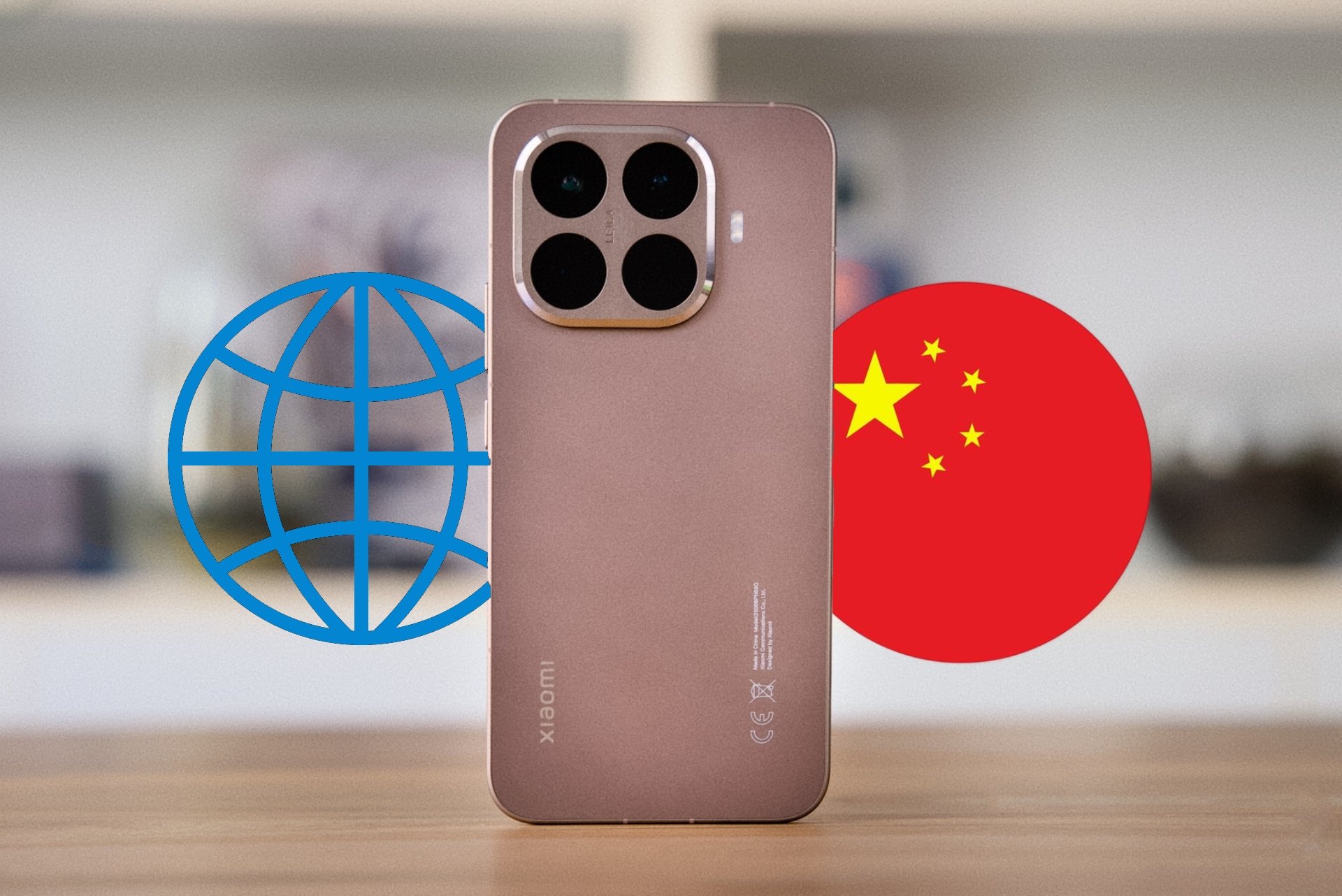He xiaomi 13 pro it will be the brand’s first phone with a customized Leica camera to be released internationally after the decision was made to keep the Xiaomi 12S Ultra only for China. Xiaomi and Leica teamed up last year after the famed camera maker parted ways with longtime partner Huawei, which means there’s plenty to do.
What’s more, the specs and design should be strong enough to compete with the excellent Samsung Galaxy S23 Plus, its current biggest competitor, or the very similar OnePlus 11.
Xiaomi 13 Pro: powerful specifications
Before we dive into the camera, what about the technology inside the Xiaomi 13 Pro? It uses a Qualcomm Snapdragon 8 Gen 2 processor and comes with 12GB of RAM and either 256GB or 512GB of internal storage. The display is a large 6.73-inch AMOLED display with a 120Hz dynamic refresh rate, 3200 x 1440 pixels resolution and 1900 nits peak brightness.
The 4820 mAh battery is charged using the included 120W HyperCharge fast charger or 50W wireless charger. According to Xiaomi, wired charging is very fast, with the battery charging in just 19 minutes. In our early tests, the HyperCharge charger charged the battery from 3% to 50% in just eight minutes and to 100% in 21 minutes. Try to beat that with the Galaxy S23 or Pixel 7. Only the OnePlus 11 is that fast. There is also a 10W reverse charging system that happily added charging to our Samsung Galaxy Buds Live and the new Xiaomi Watch S1 Pro after the feature was activated in the Settings menu.
There’s Android 13 with Xiaomi’s MIUI 14 software installed, as well as dual speakers with Dolby Atmos, NFC for Google Pay, 5G connectivity, an IP68 water resistance rating, and Corning Gorilla Glass Victus over the display, as well as a bioceramic back. Xiaomi 13 Pro is a flagship smartphone that challenges the Galaxy S23 Plus and iPhone 14 Pro in terms of its characteristics.
Xiaomi offers trendy design, clunky software
Xiaomi described the Xiaomi 13 Pro as having a minimalistic design. It’s certainly free of visual trim and only available in black or white, but that makes it a bit dull on the eyes. The massive square camera module protrudes several millimeters and separates the three chambers with an engraved line on the glass. Again, everything is simple, bordering on the ordinary.
The bioceramic back is smooth and warm, and the body has a nice curve, just like the screen. It is comfortable to hold, but it is a very heavy phone. Weighing 229 grams, it’s not that far off the 23-gram Samsung Galaxy S234 Ultra behemoth, so you always know it’s in your pocket or hand. The thin volume and power keys aren’t particularly ergonomic either. The kit includes a transparent soft case that will help withstand a short-term drop on a hard surface.
Xiaomi’s MIUI 14 brings a host of changes over MIUI 13, ranging from the ability to use huge super icons on the home screen to new animations, layouts, and widgets. Unfortunately, the new virtual pet widget is not yet available in the global version. MIUI is a loaded piece of software with lots of settings, lots of system notifications, and dubious features. I don’t find it relaxing to use, forcing you to immediately perform various gestures, including swiping down on the split screen, where notifications appear on the left and quick settings on the right.
A promising camera with great potential
Inside the square module is a 50-inch 989-megapixel Sony IMX1 camera (same as the 12S Ultra), a 50-megapixel wide-angle camera, and a 50-megapixel telephoto lens. Leica supplies its Vario-Summicron lens for the main camera and optimizes lenses for the other two cameras. In addition, there are several “photo styles”, Leica Automatic or Leica Vibrant, which can be changed at any time in the app. Leica also adjusts several filters, including one for black and white, and adds custom effects for portrait mode.
The main and telephoto lenses have optical image stabilization, the telephoto lens provides 3.2x optical zoom, and there is the ability to record video up to 8K. Other features include night mode, Pro mode, Supermoon mode, and dual video for recording with two phone cameras at the same time.

The wide-angle camera is still a little disappointing as its images are softer, which could be due to some aggressive software improvements, as well as a noticeably different tint from the main camera.
Source: Digital Trends

